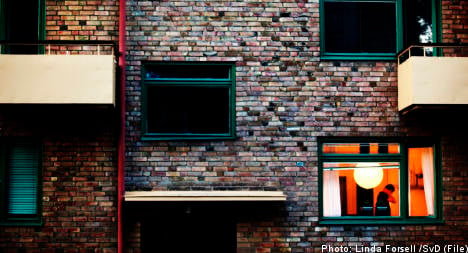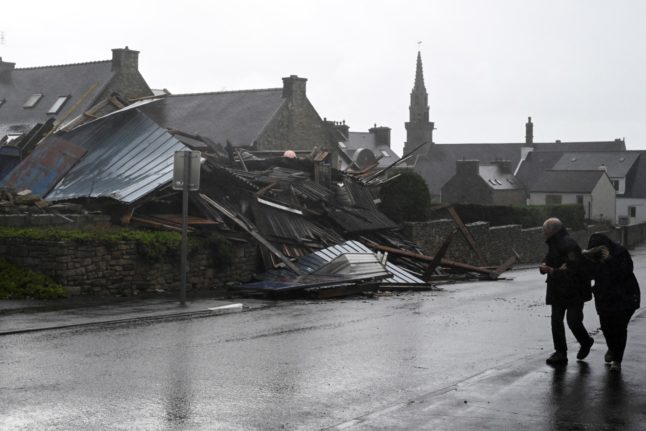Long waiting times and high black market prices have long characterised Stockholm’s rental housing market, as shown in a report from the Swedish Property Federation (Fastighetsägarna) published in February.
The sheer hopelessness of the situation faced by newcomers to Stockholm looking to rent an apartment has been exposed once again by a report on the findings of the major public housing firms – Stockholmshem, Familjebostäder and Svenska Bostäder – which have been conducting a review of their housing stock and who actually lives in many of their apartments.
Stockholmshem has been hunting for illegal contracts since 2005 and has so far unearthed 996 apartments that were shown to be illegitimately rented, almost half of the 2,000 checked, according to a report in the Dagens Nyheter daily.
Familjebostäder has confirmed that the problem is just as widespread within their housing stock, with 40 percent of the 800 cases opened so far finding irregularities.
Svenska Bostäder reports that it has managed to reclaim 500 apartments for redistribution, around 40 percent of those checked.
“We have two people working full time on this. There are still many houses that are rented illegally,” said Frederick Junell at Svenska Bostäder to the newspaper.
The most common scenario is that many tenants keep hold of their rental apartments after having moved. As the waiting times for inner-city Stockholm apartments can run to as long as 20 years many fear never being able to re-enter the market again if they were to surrender their contracts.
Furthermore the rental contracts often hold a hidden value, either on the black market in exchange for substantial amounts of cash, or when bought at a favourable price after being sold to a tenant-owner’s association (bostadsrätt).
“Some want a complementary home, others retain the apartment for a child or grandchild. I remember one case where a man had an apartment with us, one at Stockholmshem, as well as a house and a townhouse,” said Jouni Mäki at Familjebostäder to the newspaper.
While the problem is at its most acute in Stockholm, it is not restricted to the capital with Malmö’s increasing popularity leading to a chronic shortage of available apartments and incidences of illegal subletting as a result.
Housing companies in Gothenburg reported a relatively low level of black market activity, despite the fact that the city has 90,000 people in its rental queue.
According to Familjebostäder’s regulations, which are based on housing legislation, tenants may sublet their apartments for a limited period of time with the permission of the landlord. There are several acceptable reasons for doing so, including: study or work elsewhere, health reasons requiring a temporary move, or if tenants want to try cohabiting with a partner.



 Please whitelist us to continue reading.
Please whitelist us to continue reading.
Member comments